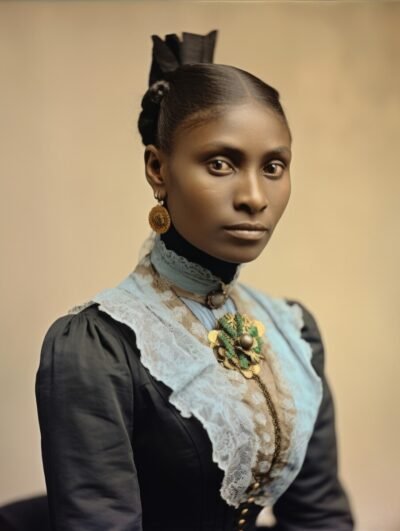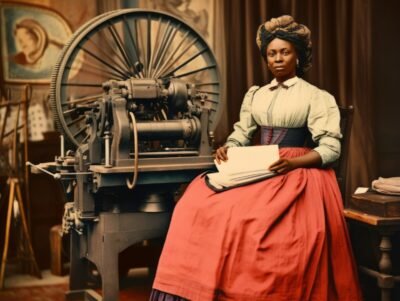When Black women were excluded, they built their own. They didn’t wait for permission. They didn’t wait for safety to be handed to them.They create

When Black women were excluded, they built their own.
They didn’t wait for permission. They didn’t wait for safety to be handed to them.
They created spaces of power and protection—brick by brick, idea by idea, prayer by prayer.
In the face of racism, sexism, classism, and indifference, the Black Women’s Club Movement (late 1800s–early 1900s) became a quiet but forceful storm of transformation. These were not idle “clubs”—they were lifelines, war rooms, sanctuaries, and seedbeds of liberation.
Here’s how “Lifting as We Climb” truly played out:
1. Why They Had to Build Their Own
After Reconstruction, Black communities in the U.S. faced Jim Crow segregation, disenfranchisement, lynching, and systemic exclusion.
White feminist movements largely ignored or marginalized Black women’s concerns.
Black men–led movements frequently prioritized male leadership, leaving women’s needs sidelined.
So Black women organized their own institutions.
In 1896, multiple local Black women’s clubs merged to form the National Association of Colored Women (NACW)—a defining act of self-determination. Wikipedia+2National Park Service+2
2. They Built Safe Spaces Where None Existed
These were far more than social gatherings—they were infrastructure for survival:
Homes or shelters for girls and women vulnerable to abuse, exploitation, or criminalization
Maternity, infant care, and maternal health advocacy
Reading rooms, libraries, literary salons—spaces to think, read, and speak
Mother’s clubs, protection committees—early advocacy to protect children
Vocational and industrial training schools for economic uplift
These were both refuge and resistance. Crash Course+3BWJP+3National Women’s History Museum+3
3. “Lifting as We Climb” Was a Practice, Not Just a Motto
The NACW motto, “Lifting as We Climb,” affirmed that individual advancement must include collective uplift. Wikipedia+2National Park Service+2
No woman should be left behind—from elite to working-class
Shared care was a political act: Black women organized for the welfare of their communities
They resisted elite replication: many clubwomen intentionally made space for working-class voices
They challenged racist portrayals of Black womanhood—refusing to accept stereotypes of immorality, ignorance, or unworthiness
This was not charity. This was power shared.
🌺 Key Women Who Carried the Flame
Mary Church Terrell — First president of the NACW and foundational voice for Black women’s rights National Women’s History Museum+3Wikipedia+3National Park Service+3
Ida B. Wells — Anti-lynching leader who also founded working-class women’s initiatives and used her pen and activism to demand systemic change Wikipedia+4National Women’s History Museum+4Crash Course+4
Frances Ellen Watkins Harper — Abolitionist-poet whose writings and organizing bridged literary resistance and grassroots activism National Women’s History Museum+1
Each brought different strengths—education, literary voice, moral conviction—but all committed to uplift through unity.
🌌5. Legacy Still Alive
Though often erased or marginalized in sweeping feminist history, the Black Women’s Club Movement:
Prefigured the Civil Rights Movement
Gave birth to womanist philosophy and Black feminist thought
Established mutual aid and community-based support models
Modeled how healing, care, and social justice can coexist
They proved what happens when Black women refuse to wait for permission—and instead build with purpose, vision, and care.
💬 A Final Word:
“Lifting as we climb” means we don’t just rise alone. We reach back, we reach down, and we reach across to other women.
This is not just history. This is a strategy—a blueprint for Black women’s freedom work, even today.
📣 Let’s keep climbing. And as we do, let’s keep building ladders, not gates.
